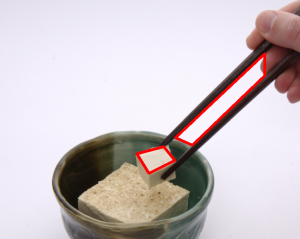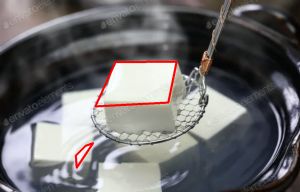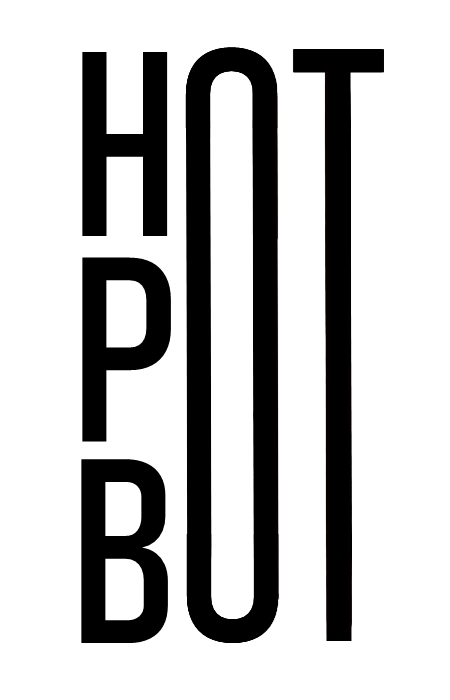This week I did a few initial tests with OpenCV on images of hot pot ingredients from the internet. While this helped me decide which OpenCV functions I will be using to identify certain ingredients, most pictures on the internet were taken at angles or on backgrounds that will not be helpful to test on based on our environment. Below are contours obtained from internet images of tofu. The completely white background in the first photo throws off the detection here but in our real situation, the tofu will be much whiter than the background and thresholding it will be easier. We will be assuming the tofu is approximately square in order to avoid detecting things like the trapezoid seen in the second image. Additionally, the strainers should help make the background more uniform in our final product.


So far, all deliverables are on schedule. Now that we have hot pot footage, I plan on developing our identification algorithm using that over the next few weeks. Based on how much the background interfered in the internet photo tests, I think it will be very helpful to look at ways to isolate the foreground (which will be the ingredients moving into the pot) from the background. Thankfully, using our video feed we may be able to take an average of multiple frames over a few seconds to identify what is background (closer to average) and what is foreground (more transient pixels).
